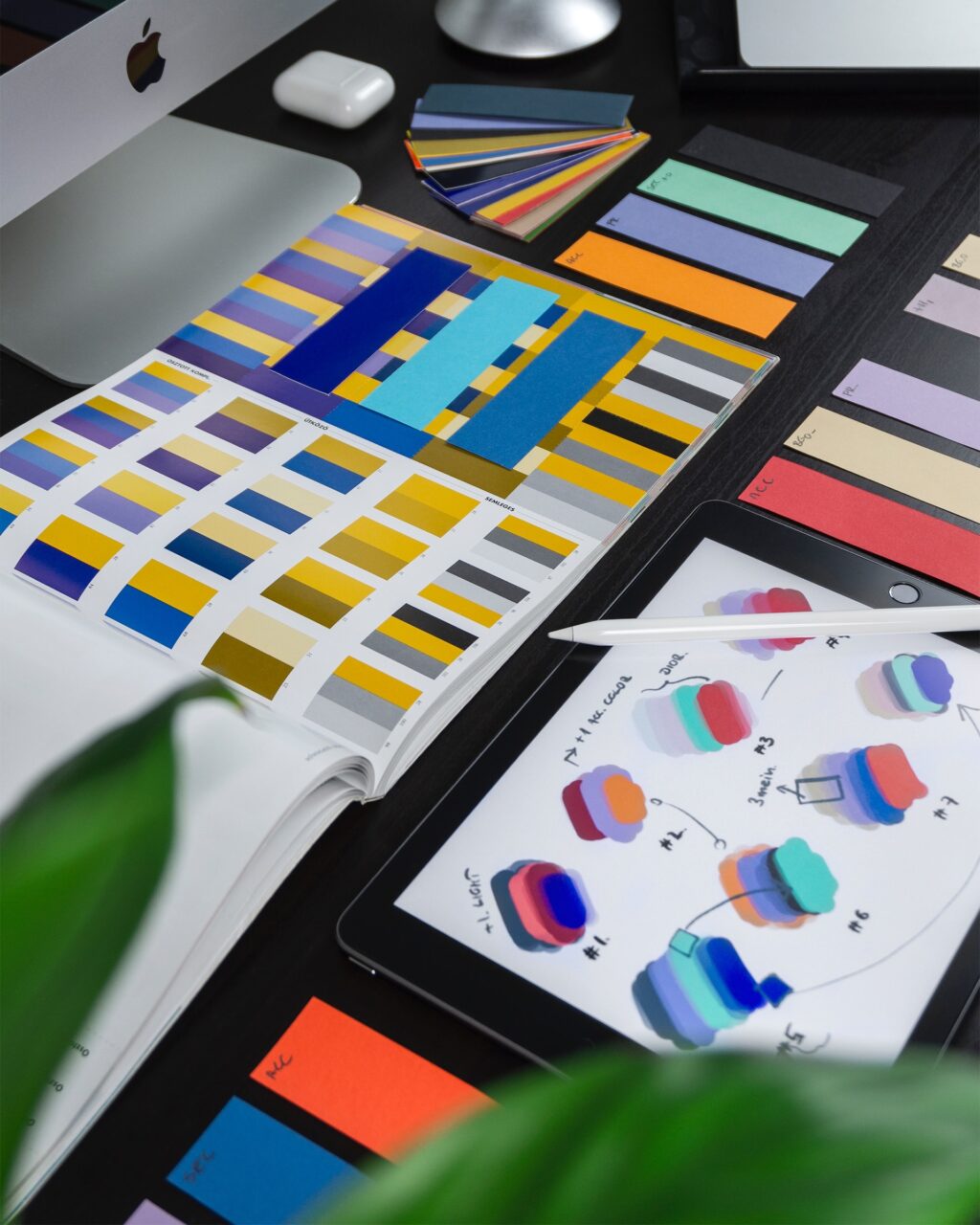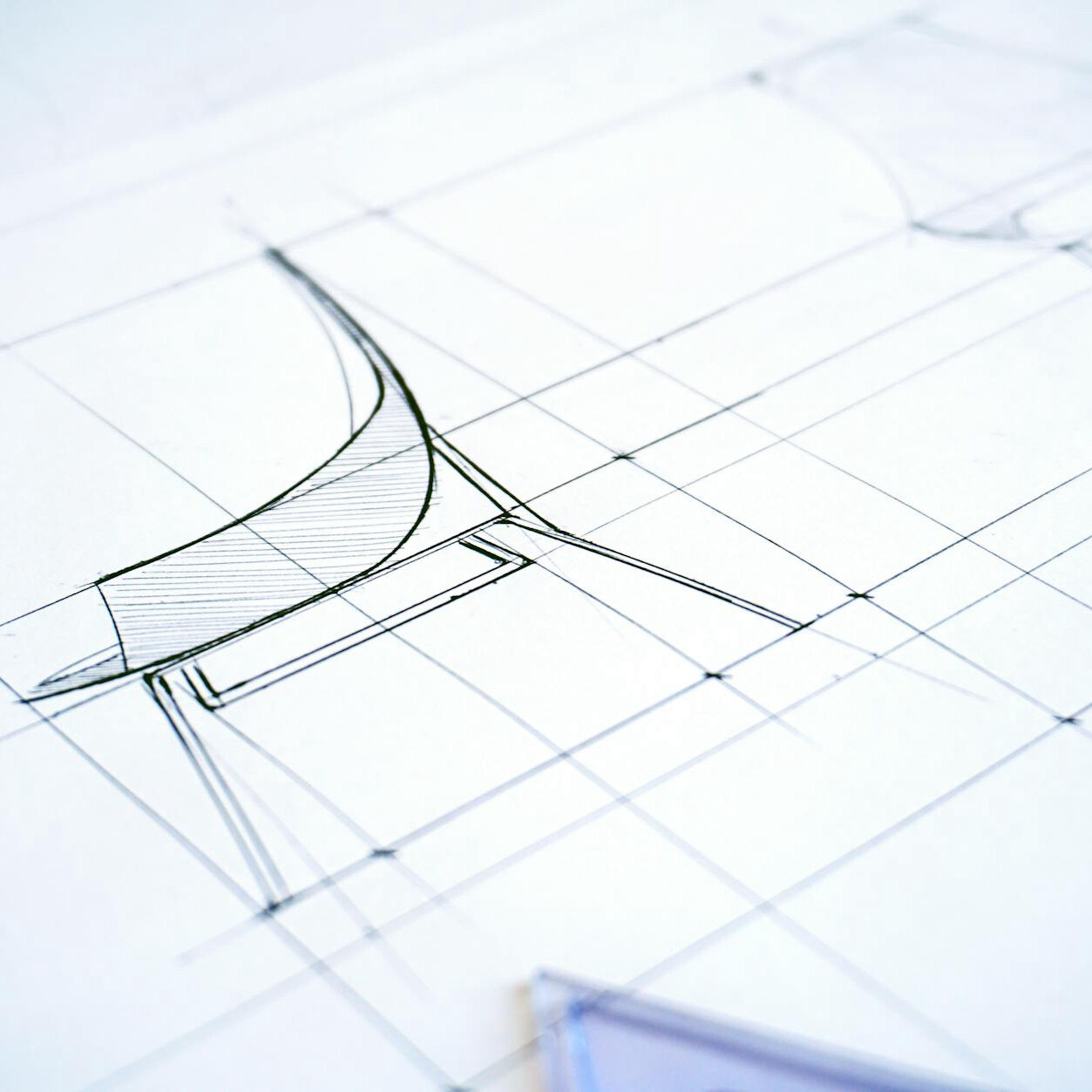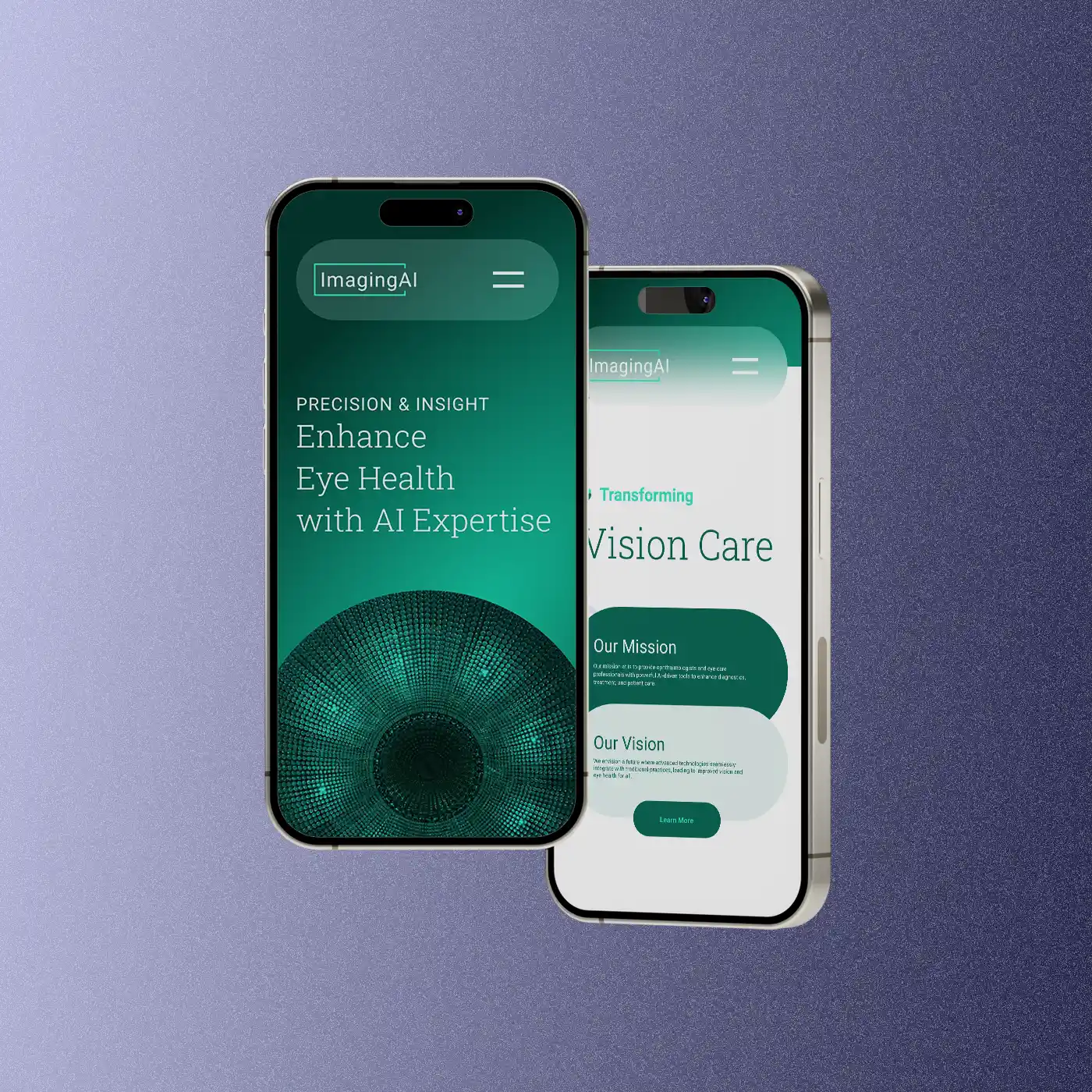Design Language in Branding
The design language is the foundation of any creative project, serving as a communication tool that transcends the spoken or written word. It embodies the visual and aesthetic elements of a brand, product, or space, and plays a crucial role in forging a cohesive identity. A well-executed design language not only engages the target audience, but also creates a lasting impression that resonates with them. In this article, we delve deep into the world of design language, exploring its history, significance, and various types that have emerged over time.
The concept of design language dates back to the early 20th century, with the emergence of movements like Bauhaus, Art Deco, and Swiss Design. These movements championed the idea that design should not only be functional, but also aesthetically appealing. As a result, designers of the time developed distinct visual languages that reflected their values and beliefs. From the geometric shapes of Bauhaus to the ornate details of Art Deco, these early design languages set the stage for the myriad of styles that would follow.

Significance of Design Language
A design language serves as a visual shorthand that conveys meaning, emotion, and purpose. It helps establish a clear and consistent brand identity, which in turn fosters trust and recognition among customers. By using a coherent design language, designers can create a seamless experience across different mediums and touchpoints, allowing the target audience to easily identify and connect with the brand. Moreover, a strong design language can also aid in communication within the design team, as it provides a common vocabulary for discussing and critiquing design elements.
Types of Design Language
- Minimalist Design Language: Rooted in the idea that less is more, minimalist design language is characterized by simplicity, clean lines, and a focus on function. It often incorporates a limited color palette and avoids superfluous ornamentation. Examples of minimalist design language can be seen in Apple products and Scandinavian interior design.
- Material Design Language: Introduced by Google in 2014, Material Design is a design language that aims to create a unified, tactile experience across platforms and devices. It relies on a set of design principles, including layering, responsive animations, and a bold color palette. Material Design has been widely adopted in the tech industry and can be seen in many mobile apps and web designs.
- Brutalist Design Language: Inspired by the Brutalist architecture movement, this design language features bold, raw, and unapologetic visuals. It often incorporates rough textures, heavy typography, and a stark contrast between elements. Brutalist design language can be found in a range of applications, from graphic design to web design.
- Organic Design Language: Drawing inspiration from nature, organic design language incorporates fluid shapes, curved lines, and natural materials. This design language seeks to create a harmonious balance between the natural world and the built environment. Examples of organic design language can be seen in the works of renowned architects such as Frank Lloyd Wright and Zaha Hadid.
- Flat Design Language: As a response to the skeuomorphic design trend, flat design language emerged in the early 2010s, characterized by its use of simple shapes, bold colors, and a lack of gradients or shadows. Flat design language is often used in digital interfaces, such as mobile apps and websites, as it provides a clean and intuitive user experience.
- Art Nouveau Design Language: Originating in the late 19th century, Art Nouveau is characterized by its flowing lines, natural forms, and ornamental details. This design language often incorporates floral motifs, sinuous curves, and intricate patterns, and can be seen in architecture, furniture, graphic design, and other decorative arts.
- Memphis Design Language: The Memphis design movement emerged in the 1980s as a reaction to the minimalism and functionalism of the time. Memphis design language is known for its bold colors, geometric shapes, and playful patterns, combining diverse materials and styles to create a sense of energy and fun.
- Cyberpunk Design Language: Drawing inspiration from science fiction, cyberpunk design language is characterized by its futuristic, dystopian aesthetic. It often incorporates elements such as neon lights, digital interfaces, and high-tech materials, creating a sense of contrast between the organic and the synthetic. This design language can be found in various forms of media, from films and video games to fashion and graphic design.
- Biophilic Design Language: Biophilic design language is centered around the idea of incorporating nature and natural elements into the built environment. It seeks to create a harmonious relationship between human-made spaces and the natural world, promoting well-being and sustainability. Examples of biophilic design language include green walls, living roofs, and the use of natural materials like wood and stone.
- Postmodern Design Language: Postmodern design emerged in the 1970s and 1980s as a reaction against the rigid rules and formality of modernist design. Postmodern design language is characterized by its eclectic mix of styles, materials, and historical references, embracing irony, wit, and ornamentation. Prominent figures in postmodern design include architects like Robert Venturi and Michael Graves, as well as designers such as Ettore Sottsass and Alessandro Mendini.
These examples represent just a small sample of the vast array of design languages that have emerged over time. Each design language has its unique set of characteristics and philosophies, reflecting the values and sensibilities of the era and culture in which it was developed. By understanding and appreciating these diverse design languages, designers can draw inspiration and expand their creative horizons.

Design Language and Visual Vocabulary of Today
As technology continues to advance and global connectivity increases, the world of design language is constantly evolving. Emerging trends, such as sustainability, inclusivity, and digital-first design, are shaping the way designers think about and create visual languages. Furthermore, the growing importance of user experience (UX) and user interface (UI) design in the digital age has led to a greater focus on creating design languages that are intuitive, accessible, and emotionally resonant.
In conclusion, design language is an essential aspect of the creative process, providing designers with a visual vocabulary that transcends borders and connects with audiences on a deep, emotional level. By understanding the diverse influences and types of design language, designers can continue to innovate, pushing the boundaries of what is possible and shaping the future of design.
Related Articles
The Importance of Grids in Design
July 12, 2024
Design Systems and AI Technology
April 9, 2024



